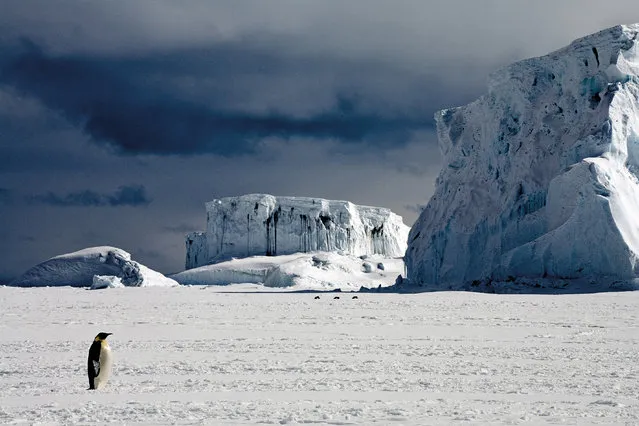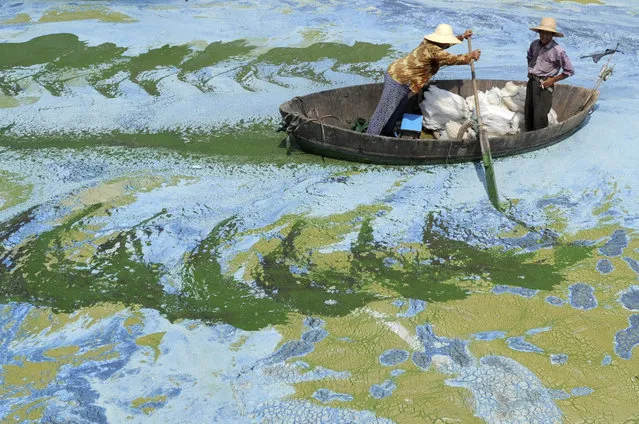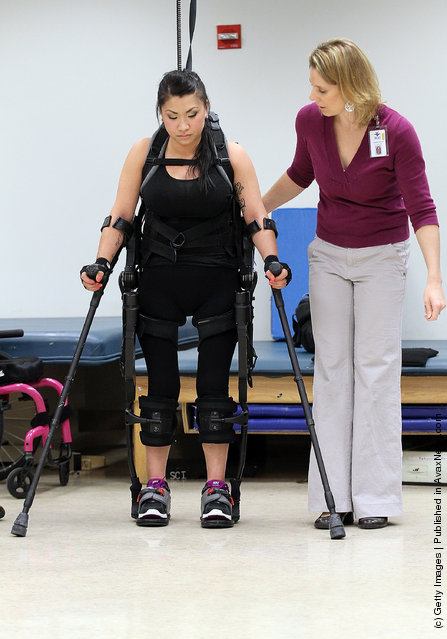
“Maria Rosaria (Mara) Carfagna (born December 18, 1975 in Salerno) is an Italian politician and former showgirl and topless model. After obtaining a degree in law, Carfagna worked for several years on Italian television shows and as a model. She later entered politics and was elected to the Chamber of Deputies for Forza Italia party in 2006. On May 8, 2008, Prime Minister Silvio Berlusconi appointed her Minister for Equal Opportunity, a move that received international attention due to her background and her appearance. Carfagna has been called «The most beautiful minister in the world», and was ranked number one on Maxim's «World´s Hottest Politicians»”.
Photo: Minister Mara Carfagna attends a press conference for the Pink Box Project held at Palazzo Marino on November 24, 2008 in Milan, Italy. The Pink Box is a tracking device, designed to help women drivers in danger. (Photo by Vittorio Zunino Celotto/Getty Images). MILAN, ITALY – NOVEMBER 24 2008
Photo: Minister Mara Carfagna attends a press conference for the Pink Box Project held at Palazzo Marino on November 24, 2008 in Milan, Italy. The Pink Box is a tracking device, designed to help women drivers in danger. (Photo by Vittorio Zunino Celotto/Getty Images). MILAN, ITALY – NOVEMBER 24 2008
11 Mar 2011 12:09:00,post received
0 comments







